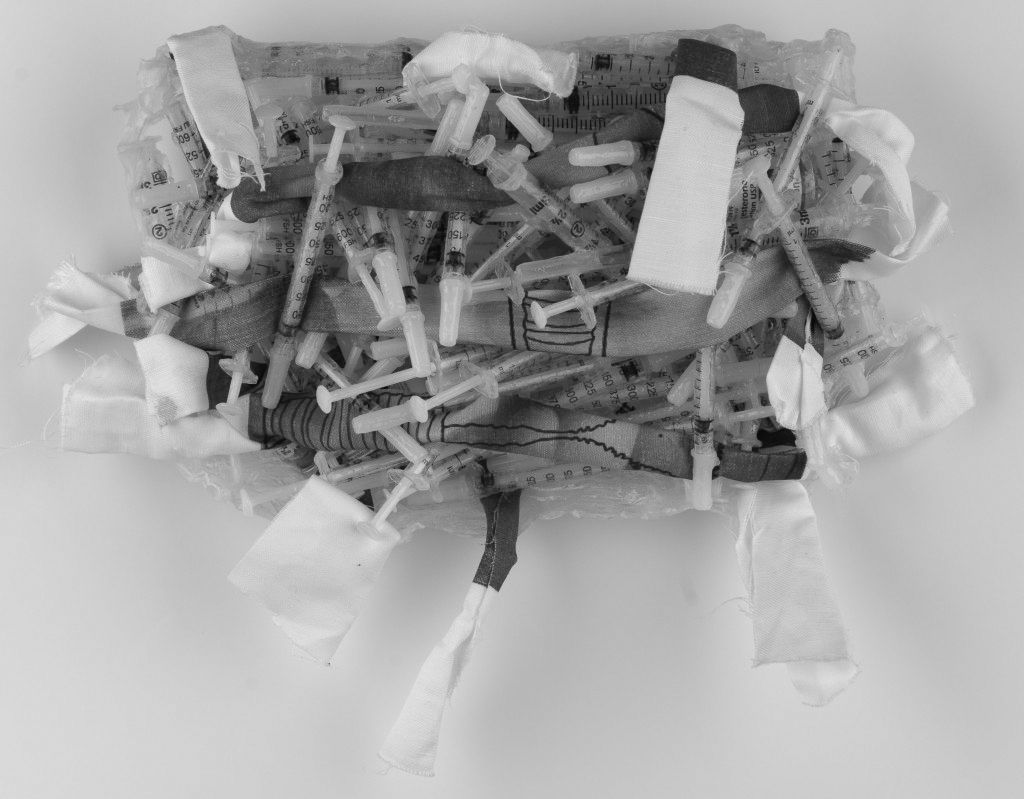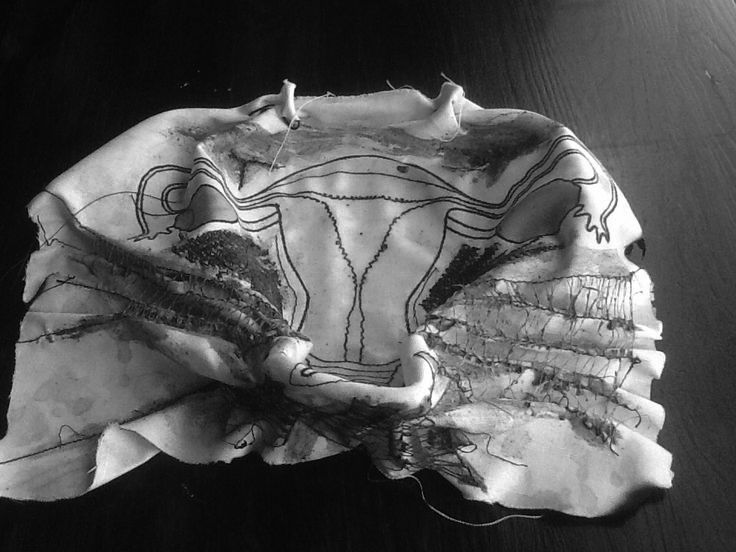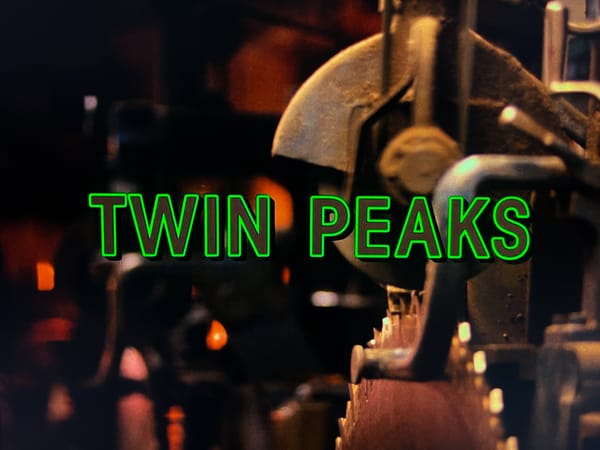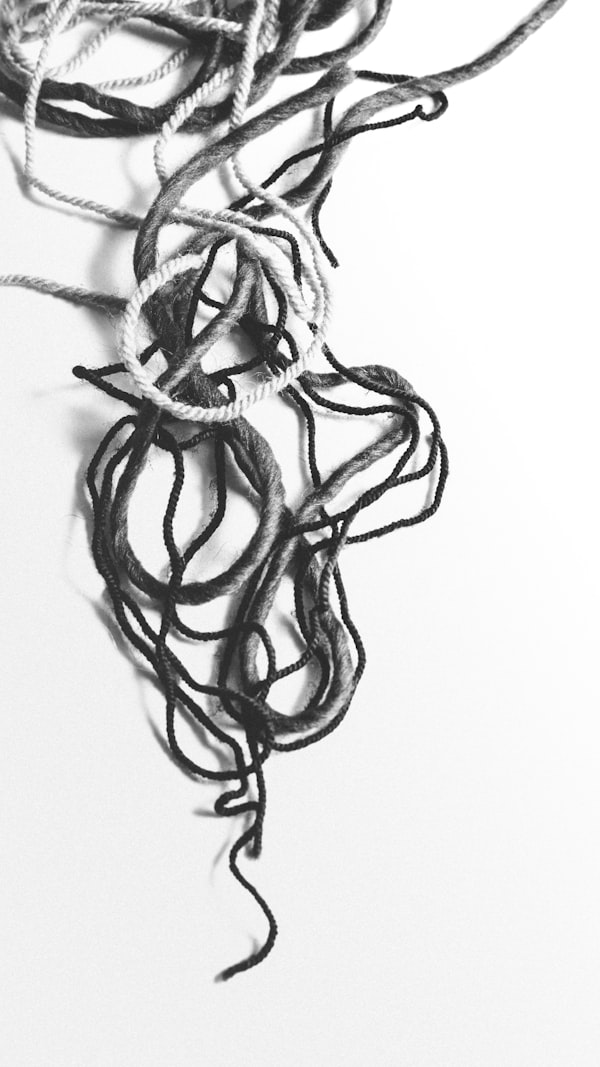A Fluke, A Muse, A Project
by Alison Gates
It was my birthday week, in 2012 when Sandra Fluke, a student at Georgetown Law School, was attacked in the media for her testimony on the importance of insurance coverage for contraception. In response to newly proposed religious Conscience Clause laws, Fluke was invited to speak by the Democrats to the House Oversight and Government Reform Committee. During the course of her testimony, Fluke related the story of a friend who needed a particular medication used for contraception to treat a physical condition called polycystic ovarian syndrome. POS is covered by insurance, but claims were being denied because the medication in this case could also be used as contraception. She provided data on the financial status of women in law school; she shared how much she paid out-of-pocket for her own contraception.
For this testimony, Sandra Fluke was called promiscuous, in the worst possible terms, by a popular and powerful conservative radio host. He kept it up over the course of several weeks. So in early March, 2012, fellow artist Helen Klebesadel and I found ourselves talking about the “War on Women”.
Helen was at that time the director of the Wisconsin Women’s and Gender Studies Consortium, and was on a routine visit to UWGB, where I work primarily as a Professor of Art. As artists and feminists, Helen and I had bonded during plenty of meetings, retreats and conferences related to our work in academia. For the upcoming annual conference for that academic year, the organizers asked that she and I come up with “something” for the Steinhilber Gallery in the Reeve Student Union at UW Oshkosh. We didn’t want to fill the gallery with our own work. The WWGSC had just merged with the UW System LGBTQ Studies Annual Conference and we knew we wanted to devote part of the space to work by artists from that community, but the Steinhilber is an intimidatingly large space, and we needed even more art.
She and I both value women’s stories told first-hand. If you want to know how something affects women, ask a few of them to tell their story. We therefore agreed we should maybe initiate an activist project that could include many voices. Maybe an Exquisite Corpse project, in the style of the Surrealists? Maybe we could do a fiber arts project, using a new website service we both liked? We discussed many options but kept circling back to Sandra Fluke.
The history of textiles is such that generations of women have utilized needle and thread to communicate. Noticing the prevailing bias against “women’s work”, females have transmitted all kinds of important information over the centuries. There are documented cases of women encoding knitting with information on troop train movements. As political prisoners of Pinochet in Chile, women sent out messages to supporters and families stitched covertly into colorful Arpilleras. Colonial mothers had their daughters stitch out certain proverbs as instructions for life. I teach about this phenomenon regularly in my classes. It seemed obvious that for a Women’s and Gender Studies conference, we should invite people to stitch something, and it also seemed obvious, in that moment, discussing Sandra Fluke, the “something” should reference the female reproductive system. Thus, the Exquisite Uterus Project was conceived.
The uterus! That mysterious place from which we all come, that organ no one really considers until it causes some kind of trouble. To be fair, the printed blank images for our Exquisite Uterus Project are actually the entire female reproductive system: uterus, vagina, Fallopian tubes, ovaries. A simple line drawing of whole kit and caboodle was scaled up and made available for participants through an online fabric printing service. We expected to get 30 back from the 50 free ones we gave out to our artist and feminist friends. But at the last minute, Helen decided to make them available to the public on the site.
Packages of Exquisite Uterus Projects began piling up on Helen’s porch over the summer. By the time of the Fall conference, we had over 150. They came from all over, some from foreign countries. When Helen began opening the packages to see the work and read the statements that came with, we realized that the EUP had grown wings. We’d opened a door and women’s stories came flooding through.




We had expected a lot of sass. I expected mostly humor. But it turned out that given a pulpit from which to speak on the topic of the women’s reproductive system, people had a lot to say. Women stitched stories of joy, heartbreak, ambivalence, spirituality and anger. One woman stitched on hers as a coping mechanism while sitting at her mother’s deathbed. Another wrote us that her work of art contained all the empty syringes from her in vitro fertilization journey. The blank uterus became a canvas upon which the most intimate admissions could be drawn, and the loudest protests could be splashed. Some participants boldly signed their works, others chose to remain anonymous.
We imposed no rules. The project was about choice, so we told everyone, “Your uterus, your choice”. We received raw edged works, immaculately finished works, framed uteruses, uteruses sewn into sculptures and onto aprons, stuffed uteruses, collaged uteruses, and more.
Men participated too. They expressed admiration, trepidation, and alienation (one said he’d never touched a uterus, I wondered if he’d been hatched from an egg). Then we found that people had organized around the project. In Red Lodge, Montana, artist Maggie Hiltner created a night of community activism* and invited folks to come stitch, listen to speakers on reproductive justice, register to vote, and pick up literature on reproductive health. She ran out of cloth blanks; someone broke into an office and ran paper versions off on a copier for coloring sheets. We got a stack of those as well.
The initial exhibition was overwhelming. Afterwards, we were invited to continue showing the works together and as selections. Every time Helen and I set up the show, it was like Christmas to open up the boxes and see our old favorites, to get a new appreciation for one we’d not looked closely at before.
Reactions were surprising. Presenting to an audience of academics was particularly challenging. They wanted our research to have a focus, to make one point, but, that’s the point. There is no one conclusion except that, the topic means different things to different people.
To date, we have exhibited the EUP in over 15 different locations in various configurations internationally. As we go from location to location showing and talking and teaching about the EUP we find that so few people had ever been asked to consider in a real, meaningful way, what a uterus meant to them. Our sincerest wish, back in 2012, was that our project would become irrelevant, delegated to an archive of feminist praxis. Perhaps that day will come, but sadly, it doesn’t seem that we will see it soon.
*Now, because we can no longer support the project completely ourselves, we are using Hiltner’s model, and others, to create instructions and resources for those who wish to do their own local pop-up EUP events and exhibits. Watch our website for updates: http://www.exquisiteuterus.com.




